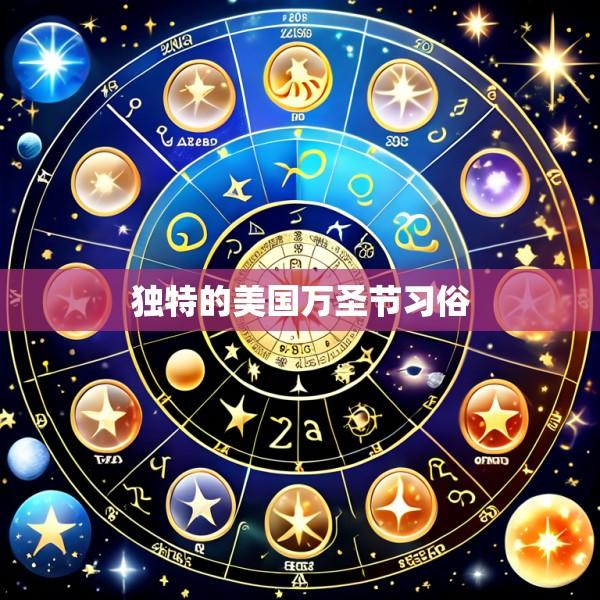1. TrickorTreating: The Quintessential Candy Quest
Trickortreating is the most iconic American Halloween tradition, where children dress in costumes and go doortodoor in their neighborhoods, shouting "Trick or treat!" to collect candy. The practice has roots in medieval "souling," where poor families would offer prayers for the dead in exchange for food. Today, it’s a nationwide event, with many communities organizing "Trunk or Treat" events in parking lots—children go from car to car to collect candy from decorated trunks, making it a safer and more social alternative. This tradition reflects the holiday’s shift from spooky superstition to a fun, familyfriendly activity.
2. Pumpkin Carving: From Turnips to JackO’Lanterns

Pumpkin carving is a uniquely American twist on an Irish legend. The story of "Stingy Jack," who tricked the Devil and was condemned to roam the earth with only a carved turnip to light his way, was brought to America by Irish immigrants. They discovered that pumpkins, native to North America, were larger and easier to carve, making them the perfect substitute. Today, pumpkin carving has become an art form, with elaborate designs ranging from spooky faces to pop culture icons. Pumpkin festivals, such as those in New York, celebrate this tradition with competitions and displays, turning the humble gourd into a seasonal symbol.
3. Haunted Houses and Spooky Attractions
Haunted houses are a staple of the American Halloween experience, offering thrills and chills for all ages. What started as *** all neighborhood haunts in the 19th century has evolved into a multimilliondollar industry, with largescale commercial haunted houses in states like California and Pennsylvania drawing thousands of visitors each year. These attractions often feature elaborate sets, actors dressed as monsters, and interactive scares, creating a safe yet terrifying environment for people to confront their fears. Haunted houses have become a cultural phenomenon, with some even gaining national fame for their creativity and intensity.
4. Costume Parties and Creativity Unleashed
Costume parties are a major part of American Halloween celebrations, where people of all ages dress up as their favorite characters, creatures, or even inanimate objects. The tradition has expanded beyond traditional ghost and witch costumes to include celebrities, historical figures, superheroes, and even pets. In recent years, there has been a surge in creative costumes, with people using DIY techniques or incorporating current trends (e.g., movie tieins, memes) into their outfits. Some workplaces and schools even host costume contests, encouraging participants to showcase their creativity and humor.
5. Regional and Cultural Adaptations
Halloween in the U.S. is not monolithic—different regions have developed their own unique twists on the holiday. For example, Salem, Massachusetts, known for its infamous witch trials in the 17th century, embraces its spooky history with monthlong festivals featuring witchthemed events, tours, and reenactments. New York City’s Village Halloween Parade is one of the largest in the world, with thousands of people marching in elaborate costumes through the streets of Greenwich Village. In rural areas, community events like hayrides, corn mazes, and bonfires are popular, blending Halloween traditions with outdoor fun. These regional differences highlight the holiday’s adaptability and its ability to reflect local culture.
